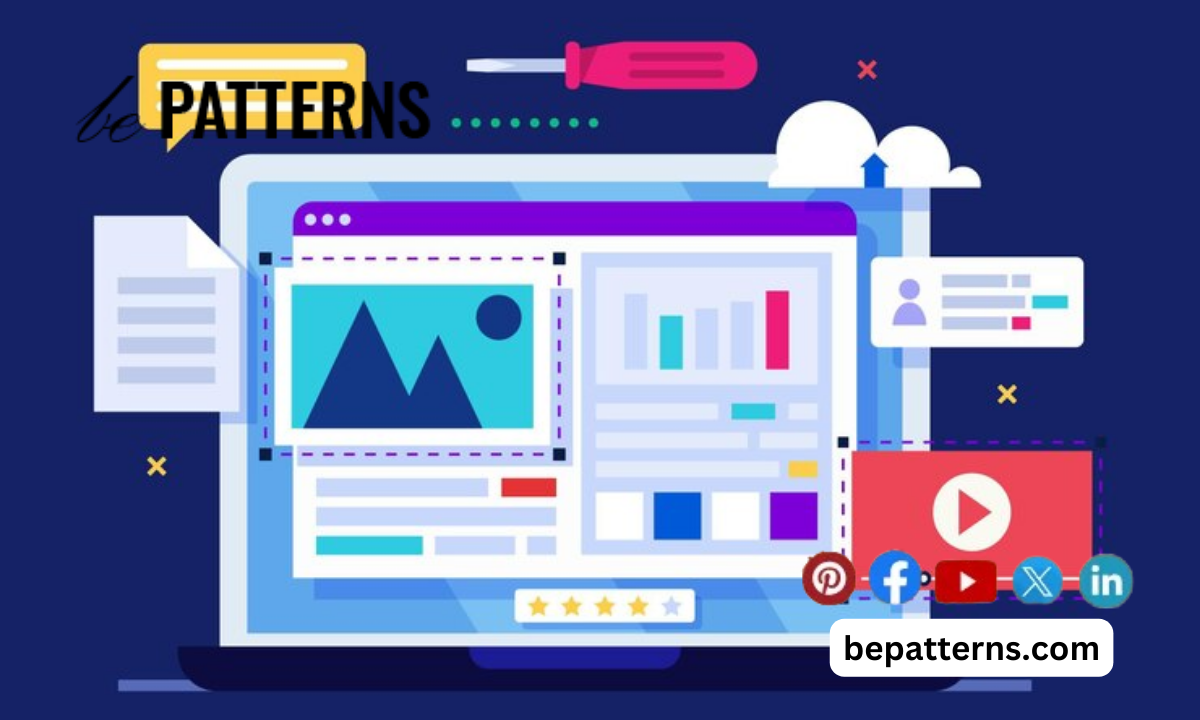When it comes to software design, understanding the most important design patterns is crucial for any developer. These patterns serve as templates for solving common problems in software architecture. Among the most well-known design patterns are the Singleton pattern, which ensures a class has only one instance, and the Strategy pattern, which defines a family of algorithms. Familiarity with these patterns is essential for interviews and everyday coding tasks.
Design Patterns Everyone Knows
Are you familiar with the phrase It is a common question asked in software development circles. Well, here is the answer: there are design patterns everyone knows about. In this blog post, we will explore the basics of each of these design patterns and how they can be used to create robust, efficient code. So, if you’re looking to expand your understanding of design patterns and how they can help you create better applications, this post is for you.

The 23 design patterns
Design patterns provide a standard solution to common programming problems. Over the years, developers have identified 23 distinct design patterns that can be used to create efficient and maintainable code. These patterns are divided into three main categories: creational, structural, and behavioral.
The creational patterns are used to create objects and define their structure. The four most commonly used creational patterns are the Factory Method, Abstract Factory, Builder, and Prototype patterns. The Factory Method Pattern is the most basic of the four, providing a simplified interface for creating new objects.
The Abstract Factory Pattern creates a more complex framework for object creation and allows for the interchangeability of different types of objects. The Builder Pattern provides an extensible way to create complex objects and is particularly useful when creating large and complex objects. Lastly, the Prototype Pattern creates a new instance of an object by cloning an existing prototype or template.
Structural patterns describe how classes and objects are composed to form larger structures. The five main structural patterns are the Adapter, Bridge, Composite, Decorator, and Façade patterns. The Adapter Pattern connects two unrelated interfaces so they can work together. The Bridge Pattern separates the abstraction from its implementation and allows them to vary independently.
The Composite Pattern allows you to build hierarchical structures with individual objects and composites of objects. The Decorator Pattern adds new functionality to an existing object without changing its original code. Lastly, the Façade Pattern provides a simple interface for working with complex subsystems.
Behavioral patterns define how classes interact with each other to achieve a certain goal. The four most important behavioral patterns are the Iterator, Mediator, Observer, and Strategy patterns. The Iterator Pattern provides a way to traverse through a collection of objects.
The Mediator Pattern allows communication between objects without them having to be aware of each other’s presence. The Observer Pattern defines a one-to-many dependency between objects, allowing changes in one object to be reflected in another. Lastly, the Strategy Pattern allows you to select an algorithm at runtime, making your code more flexible and adaptive.
Each of these 23 design patterns offers its advantages, depending on the needs of your project. Knowing the capabilities of each of these design patterns can help you create efficient and maintainable code that meets all of your needs.
The Observer Pattern
The Observer Pattern is a behavioral design pattern that establishes a one-to-many relationship between objects, referred to as the Subject and Observers. It enables a Subject to send notifications to Observers whenever it changes state so that they can respond accordingly. This type of communication is sometimes referred to as “publish/subscribe”, since the Subject will publish its data and the Observers will subscribe to receive it.
The Subject is often an object with data that other objects are interested in. This could be anything from a button click, to a stock ticker, or even a temperature reading. When the Subject’s data changes, it notifies the Observers that have subscribed to it. The Observers then take whatever action is necessary to handle the new data.
The Observer Pattern enables objects to communicate without being directly coupled together. This makes it possible for new Observers to be added to the system without requiring any changes to the existing Subject. It also makes it easier for Observers to be removed, since all that is required is for them to unsubscribe from the Subject’s notifications


